How to Paint Watercolor Landscapes for Beginners
Watercolor painting is a beautiful and delicate art form that can be used to create stunning and realistic landscapes. But for beginners, it can be a daunting task to start painting with watercolors. This article is a guide on how to paint watercolor landscapes for beginners.
Materials you will need
Before we start, you will need to gather the following materials:
- Watercolor paper
- Watercolor paints
- Watercolor brushes
- Water
- Palette
- Masking tape
Choosing a landscape
The first step in painting a watercolor landscape is to choose a subject. It can be a mountain range, a beach, a forest, or any scenery that inspires you. Once you have chosen your subject, you can start sketching the basic outline of the landscape on the watercolor paper using a pencil.
Painting the landscape
Next, you can start painting the landscape using watercolors. It is important to start with light washes and gradually build up the colors. You can use different techniques such as wet-on-wet, dry brush, and glazing to create different effects.
Remember to let each layer dry completely before adding more colors to avoid smudging. You can also use masking tape to create crisp edges and protect certain areas of the painting.
Final thoughts
Painting with watercolors can be a rewarding and relaxing experience. With practice and patience, you can create beautiful and realistic landscapes. So, grab your materials and start exploring the world of watercolor painting!
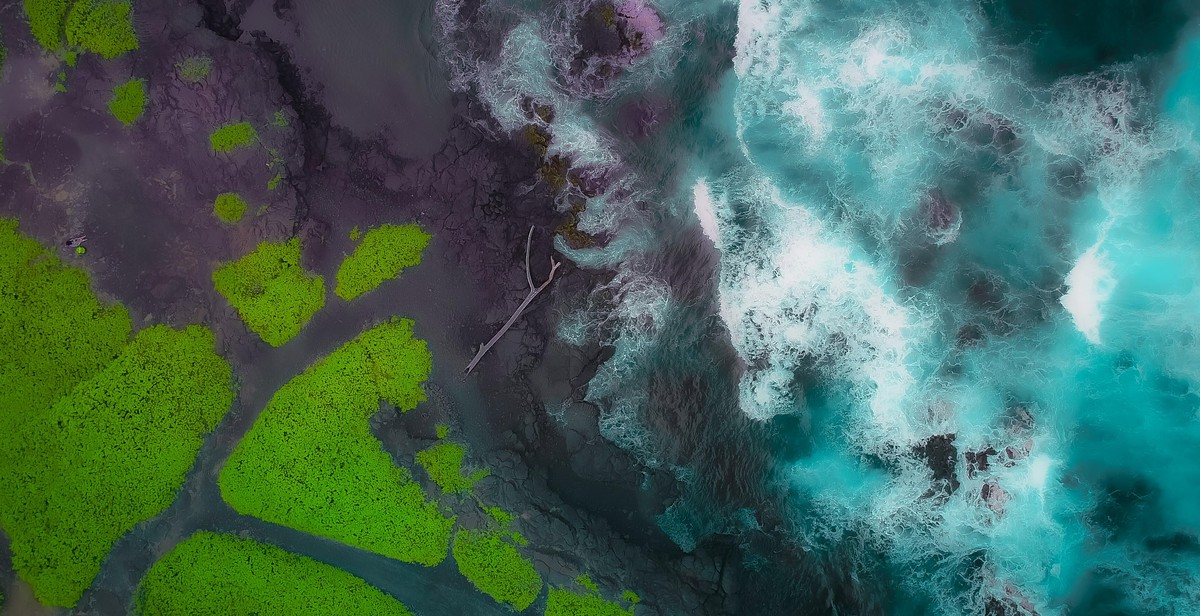
Materials You Will Need
Watercolor Paints
Watercolor paints are a must-have for painting watercolor landscapes. You can purchase them in tubes or pans. Tubes are a better option if you want a large quantity of paint, while pans are more portable and convenient for outdoor painting. Invest in high-quality paints that have a good color range and are lightfast.
Watercolor Paper
Watercolor paper is specially designed to absorb water and hold the paint. You can choose between hot-pressed, cold-pressed, or rough paper. Cold-pressed paper is the most popular choice for beginners as it has a slight texture that helps to create interesting effects. Choose a paper that is acid-free and has a weight of at least 140lb to prevent warping.
Watercolor Brushes
Watercolor brushes come in different shapes and sizes, and each one has a specific purpose. Invest in a good quality set of brushes that includes a round brush, a flat brush, and a mop brush. These brushes will help you achieve different effects and create a variety of textures in your paintings.
Palette
A palette is used to mix and hold your paints. You can choose between a plastic or ceramic palette. A ceramic palette is a better option as it doesn’t stain and is more durable. Choose a palette with large mixing wells to make it easier to mix your colors.
Water Container
A water container is used to hold water for cleaning your brushes and diluting your paints. Choose a container that is large enough to hold a good amount of water and has a wide opening to make it easier to clean your brushes.
Masking Tape
Masking tape is used to create clean edges and protect areas of your painting that you don’t want to paint over. Choose a high-quality tape that won’t damage your paper when you remove it.
| Material | Recommended Brand |
|---|---|
| Watercolor Paints | Winsor & Newton Professional Watercolor Paint Tubes |
| Watercolor Paper | Arches Watercolor Paper Cold Pressed |
| Watercolor Brushes | Princeton Aqua Elite Series 4850 Brushes |
| Palette | John Pike Watercolor Palette |
| Water Container | ArtBin Essentials Storage Box |
| Masking Tape | 3M ScotchBlue Painter’s Tape |
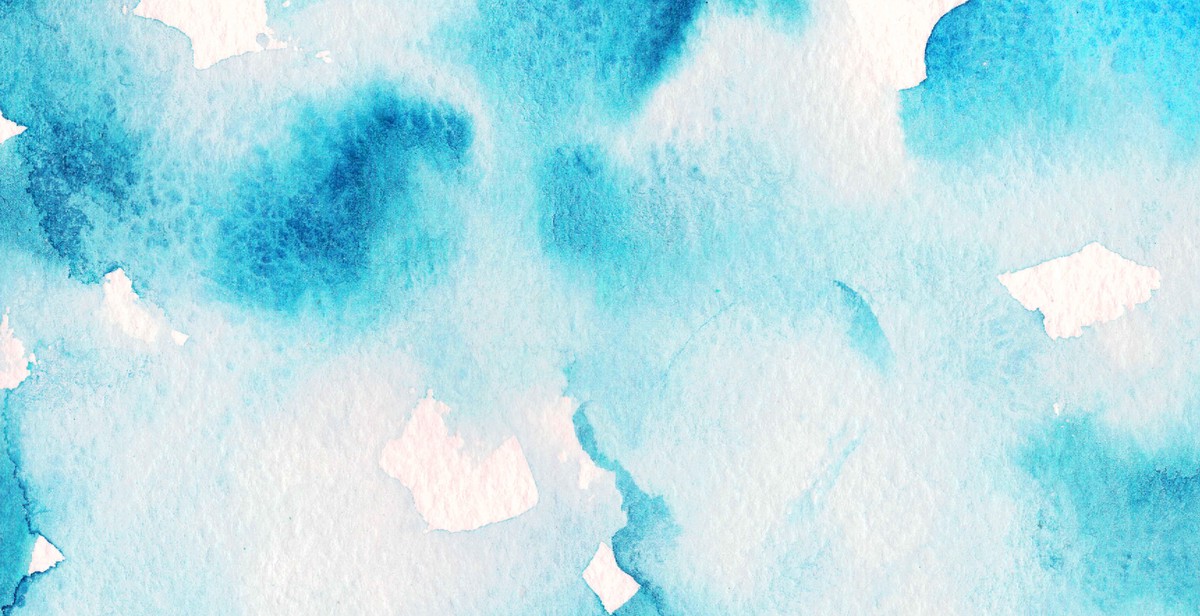
Choosing Your Subject
Before you pick up your paintbrush, it’s important to choose a subject for your watercolor landscape painting. Here are some tips to help you choose:
1. Start Simple
As a beginner, it’s best to start with simple subjects that have fewer details. This will help you focus on learning the basic techniques of watercolor painting without feeling overwhelmed. For example, you could start with a simple tree or a small pond.
2. Look for Inspiration
Look for inspiration in your surroundings or online. You can find many beautiful landscapes on social media platforms like Instagram or Pinterest. You can also take a walk in nature and observe the scenery around you. Take photos of anything that catches your eye and use them as references for your painting.
3. Consider the Lighting
The lighting in a landscape can greatly affect the mood and atmosphere of your painting. Consider the time of day and the weather conditions when choosing your subject. For example, a sunset can create a warm and romantic atmosphere, while a stormy sky can create a dramatic and moody effect.
4. Think about Composition
The composition of your painting is crucial to its success. Consider the placement of objects in your painting and how they interact with each other. The rule of thirds is a helpful guideline to follow when composing your painting. It suggests dividing the canvas into thirds both horizontally and vertically and placing the focal point of your painting at the intersection of those lines.
By following these tips, you can choose a subject for your watercolor landscape painting that will help you learn and grow as an artist.
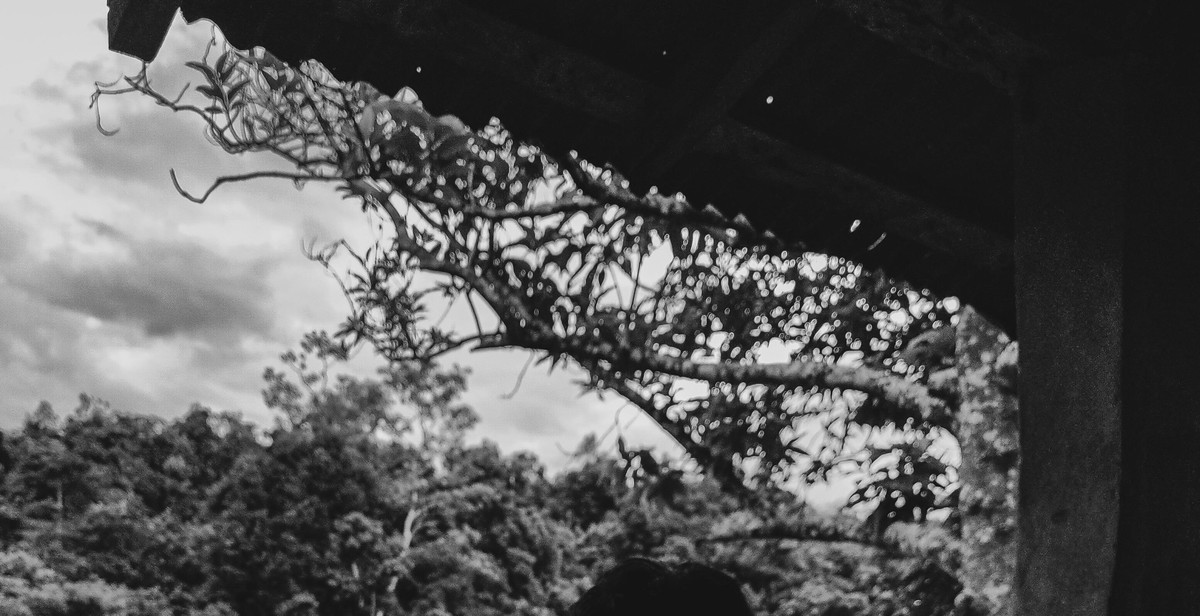
Sketching Your Landscape
Before you start painting your watercolor landscape, it’s important to create a sketch. This will help you plan out your composition, determine the placement of key elements, and get a sense of the overall balance of your painting.
Gathering Reference Material
The first step in sketching your landscape is to gather reference material. This can include photographs, sketches, or even just observing the scene in person. Take note of the key elements that you want to include in your painting, such as trees, rocks, or bodies of water.
It’s also important to consider the lighting and atmosphere of the scene. Is it a sunny day with bright, vibrant colors? Or is it a foggy or overcast day with muted tones?
Creating a Basic Sketch
Once you have your reference material, it’s time to create a basic sketch. Use a pencil to lightly draw the outlines of the key elements in your composition, including any foreground, middle ground, and background elements. Don’t worry about adding too much detail at this stage – the goal is to create a basic framework for your painting.
Pay attention to the placement and spacing of your elements. You want to create a sense of balance and harmony in your composition, so make sure that your elements are spaced out evenly and that there is a clear focal point.
Adding Details
With your basic sketch in place, it’s time to start adding details. Use your reference material to add in more specific details, such as the texture of tree bark or the ripples in a body of water.
Don’t be afraid to experiment with different techniques and styles. Watercolor is a versatile medium that allows for a lot of experimentation and creativity. Try adding in some loose, flowing brushstrokes to create a sense of movement and energy in your painting.
Remember, your sketch doesn’t have to be perfect – it’s just a starting point. Use it as a guide as you begin to add more detail and color to your painting.
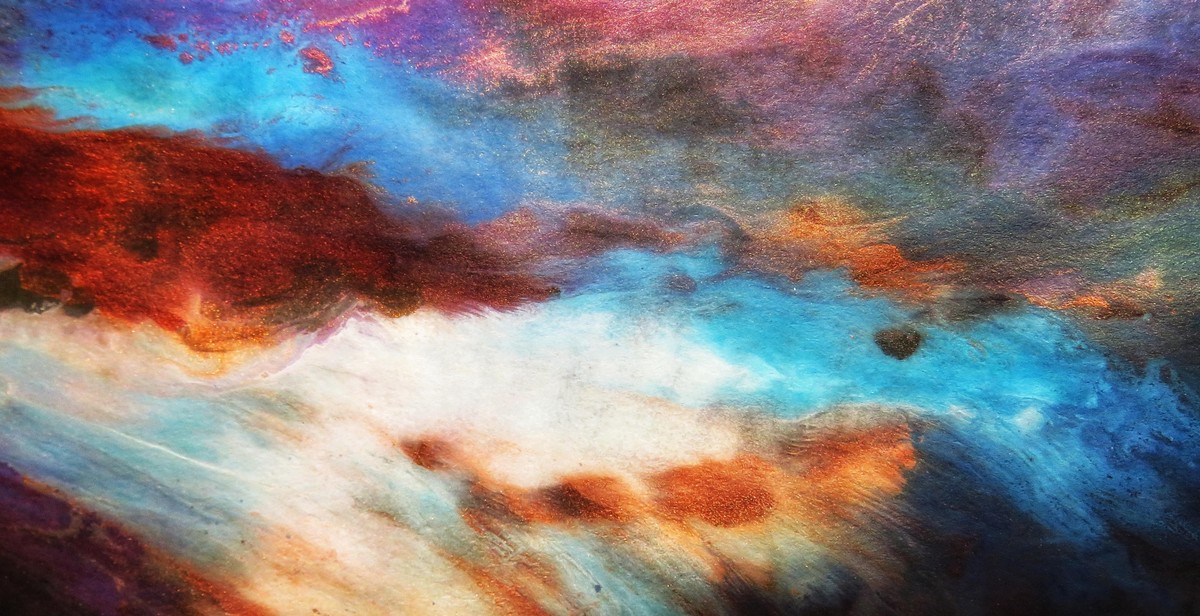
Painting Your Landscape
Now that you have gathered all the necessary materials and have familiarized yourself with basic watercolor techniques, it’s time to start painting your landscape. There are three main techniques you can use to create your painting: the wet-on-dry technique, the wet-on-wet technique, and the layering technique.
Wet-on-Dry Technique
The wet-on-dry technique involves painting on a dry surface. This technique is perfect for creating sharp edges and details in your painting. To use this technique, you need to wait for the previous layer to dry completely before adding another layer on top. This technique is ideal for painting trees, buildings, and other structures in your landscape.
Wet-on-Wet Technique
The wet-on-wet technique involves painting on a wet surface. This technique is great for creating soft blends and smooth transitions in your painting. To use this technique, you need to wet the surface of your paper with clean water before adding the paint. This technique is perfect for painting skies, clouds, and water in your landscape.
Layering Technique
The layering technique involves building up layers of paint to create depth and texture in your painting. This technique is perfect for creating a realistic and detailed landscape. To use this technique, you need to wait for each layer to dry before adding another layer on top. This technique is ideal for painting mountains, rocks, and foliage in your landscape.
Experiment with each of these techniques to find the one that works best for you. You can also combine these techniques to create a unique and beautiful painting.
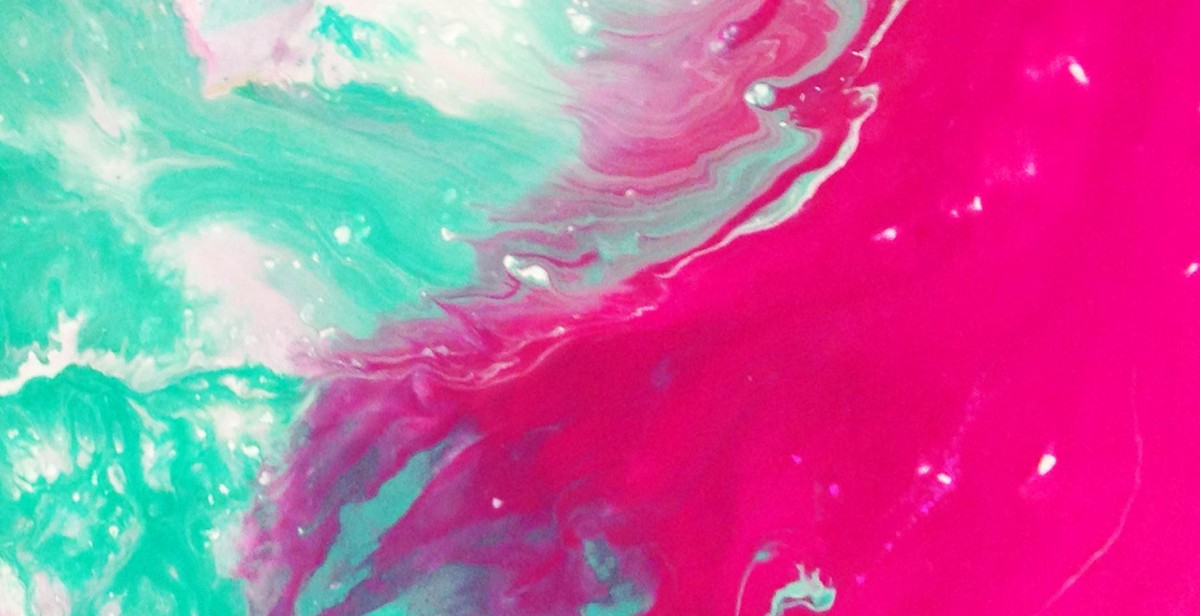
Adding Final Details
Now that you have learned the basic watercolor techniques for painting landscapes, it’s time to add some final details to your artwork. Here are some techniques that you can use to bring your painting to life:
Dry Brush Technique
The dry brush technique is a great way to add texture to your painting. To use this technique, dip your brush into the paint and then remove most of the moisture by wiping it on a paper towel. Then, lightly drag the brush across the surface of the paper to create a dry, scratchy effect. This technique is perfect for adding details to trees, rocks, and other textured elements in your landscape.
Splatter Technique
The splatter technique is a fun and easy way to add a sense of movement and energy to your painting. To use this technique, load your brush with paint and hold it over your painting. Then, tap the brush with your finger to create small splatters of paint. This technique is great for creating the effect of rain, snow, or other falling objects in your landscape.
Lifting Technique
The lifting technique is a useful way to correct mistakes or add highlights to your painting. To use this technique, wet your brush and then gently blot it on a paper towel to remove excess moisture. Then, touch the brush to the area of the painting that you want to lift and gently lift the paint away from the paper. This technique is perfect for creating highlights on leaves, clouds, and other elements in your landscape.
By using these techniques, you can add depth, texture, and interest to your watercolor landscape paintings. Don’t be afraid to experiment and try new things – the possibilities are endless!
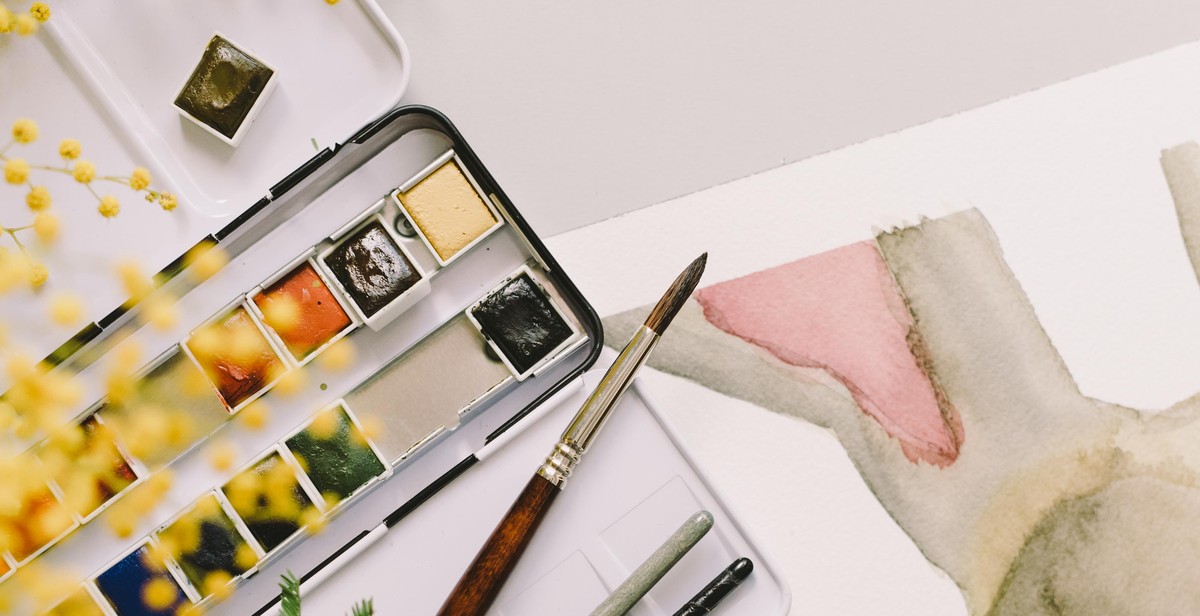
Conclusion
Watercolor painting is a beautiful and rewarding art form that allows you to capture the beauty of nature in a unique way. If you are a beginner, it can seem daunting to start painting landscapes with watercolors. However, with the right techniques and practice, you can create stunning paintings that will amaze your friends and family.
Start by gathering the right materials and setting up your workspace. Experiment with different techniques to create different textures and effects. Don’t be afraid to make mistakes, as they are part of the learning process. Use reference photos and sketches to help you plan your painting, and remember to take breaks when needed to avoid frustration and fatigue.
Remember to have fun and enjoy the process of painting. It’s important to not get too caught up in perfection and to instead focus on the joy that comes with creating something beautiful. With practice and patience, you will develop your own unique style and become a skilled watercolor artist.
- Remember to practice regularly and experiment with different techniques
- Don’t be afraid to make mistakes, they are part of the learning process
- Use reference photos and sketches to help you plan your painting
- Take breaks when needed to avoid frustration and fatigue
- Enjoy the process of painting and have fun!
By following these tips and techniques, you can create stunning watercolor landscapes that will impress everyone who sees them. So, grab your brushes and paints and start creating your own beautiful works of art!
